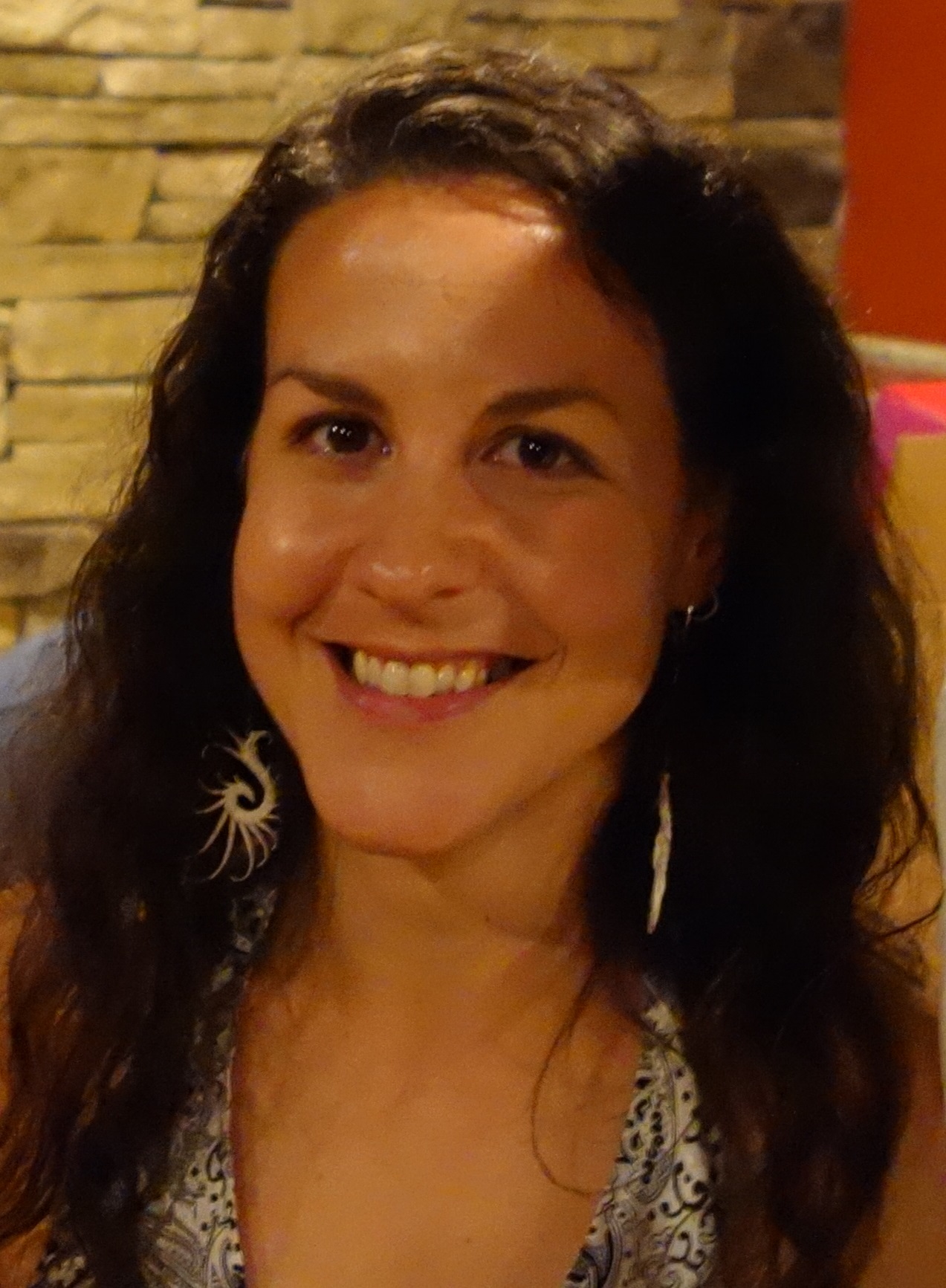It’s not just semantics—a matter of whether you refer to aging as a disease or a stage of life. The choice has consequences. Daily Beast columnist Joelle Renstrom digs deep here and considers all sides of the argument in this thoughtful piece, which was written with the support of a journalism fellowship from the Gerontological Society of America, Journalists Network on Generations, and the Commonwealth Fund. Her article was posted originally on Slate on March 2, 2020.
The first depiction of humanity’s obsession with curing death is The Epic of Gilgamesh—which, dating back to at least 1800 BC, is also one of the first recorded works of literature, period.
Centuries later, the ancient Roman playwright Terentius declared, “Old age itself is a sickness,” and Cicero argued [that], “we must struggle against [old age], as against a disease.” In 450 BC, Herodotus wrote about the fountain of youth, a restorative spring that reverses aging, and inspired explorers such as Ponce de León.
But what once was a mythical holy grail is now seemingly within tantalizing reach. As humans’ understanding and knowledge of science and technology have increased, so too have our life spans. Until the 1800s, life expectancy across Europe averaged between 30 and 40 years, and now the average life expectancy in the United States is just under 79 years; in Japan and Hong Kong, it’s more than 84 years.
Maybe the ancients weren’t wrong, and aging can be not only delayed but cured like a disease. Over the years, the movement to classify aging as a disease has gained momentum not only from longevity enthusiasts but also from scientists. In 1954, Robert M. Perlman published a paper in the Journal of the American Geriatrics Society called “The Aging Syndrome” in which he called aging a “disease complex.”
Since then, others have jumped on board, including gerontologists frustrated by a lack of funding to study the aging process itself. A 2015 publication by a team of international researchers declares, “It is time to classify biological aging as a disease.” In 2018, the World Health Organization added an extension code in the latest version of the International Classification of Diseases for “ageing-related diseases,” which it defines as those “caused by pathological processes which persistently lead to the loss of organism’s adaptation and progress in older ages.” In other words, diseases that occur and worsen as we age, like cancer and arthritis. That decision may pave the way for defining aging itself as a disease.
However, labeling aging itself as a disease is both misleading and detrimental. Pathologizing a universal process makes it seem toxic. In our youth-obsessed society, ageism already runs rampant in Hollywood, the job market and even presidential races. And calling aging a disease doesn’t address critical questions about why we age in the first place. Instead of calling aging a disease, scientists should aim to identify and treat the underlying processes that cause aging and age-related cellular deterioration.
Old age isn’t abnormal, so why would aging be pathological?
Medical understanding of that cellular deterioration began in 1962, when Leonard Hayflick, PhD, professor of anatomy at the University of California San Francisco School of Medicine, made fundamental breakthroughs to understanding aging: he discovered a limit to how many times typical human cells divide before they become senescent, or exhausted. Before then, scientists had assumed human cells were immortal. Hayflick also figured out that telomeres, which cap the ends of chromosomes and prevent them from fraying, much [as] plastic tips preserve the ends of shoelaces, shorten each time a cell divides. When the telomeres get short enough, a cell stops dividing.
Questions about the underlying processes of aging, and [their] relationship to specific diseases, endure. In 2013, a team of international researchers identified nine “hallmarks of aging”: disrupted communication between cells, genome mutations (associated with cancer), telomere shortening, changes in DNA’s chemical structure (apart from the genetic code), degradation of cellular proteins, diminished cellular ability to identify and adjust to nutrient levels, impaired mitochondrial functioning, cellular senescence (when cells stop dividing and growing due to age), and nonrenewal of stem cells.
While each hallmark has symptoms, “there are no biomarkers to describe aging overall,” according to Chuck Dinerstein, [MD], senior medical fellow at the American Council on Science and Health. These hallmarks occur in every human, and because many of them occur simultaneously, it’s difficult to tease out each individual process or to identify causal relationships. We know that the net effect is aging, but there’s a lot scientists don’t yet know about the processes that cause these hallmarks. Hayflick has argued that differentiating between aging and age-associated diseases is crucial, and that the lack of distinction between them “is the most serious impediment to our understanding of the aging process.”
Semantics and subjectivity add to the difficulty. Old age isn’t abnormal, so why would aging be pathological? If aging is a disease, then all 7.7 billion people on Earth have it, and everyone over the age of 65 has an advanced case. If you bristle at that notion, you have a sense of the designation’s damaging stigma.
Suresh Rattan, [PhD], of Denmark’s Aarhus University’s Laboratory of Cellular Ageing, believes that a condition everyone experiences can’t by definition be a disease. Yes, aging is associated with numerous health issues: heart disease, Alzheimer’s and many types of cancer and diabetes. But while those diseases become more common as people age, not every aging person acquires them (and sometimes younger people do).
Peter Boling, [MD], director of geriatrics at Virginia Commonwealth University Medical School, noted in a panel at the 2019 Gerontological Society of America [GSA] conference that such “conditions are not directly linked to aging as a biologic phenomenon per se.” In other words, while these conditions are associated with aging, they aren’t necessarily triggered by aging itself but rather by the biological processes of aging, or the cause of those nine hallmarks.
Biological processes are the cause, while age-related diseases are the effect. That means that treatments that appear to slow aging overall might actually only be addressing one symptom, and doctors and patients might not realize that limited efficacy for a long time.
It’s an uphill battle to get Congress to fund research into a process that is not an actual disease.
Classifying aging as a disease also suggests that it could be preventable and/or curable. Perhaps at some point, if scientists can figure out what causes the underlying process of aging, this could be the case. However, nothing can prevent humans from getting older, and that misleading notion opens the door to snake-oil treatments.
A position statement prepared by Hayflick and more than 50 other scientists warns that claims made by companies producing anti-aging drugs, supplements, hormones and other treatments are “intentionally false, misleading, or exaggerated for commercial reasons.” Such marketing leads not only to fruitless consumer spending but also makes it difficult for the public to separate corporate propaganda from scientific research. Society’s obsession with youth, coupled with humans’ susceptibility to wishful thinking and magic-bullet promises, ensures demand for these products, which dubious and disingenuous suppliers will happily meet.
The claims that various treatments fight aging haven’t been vetted because the Food and Drug Administration [FDA] does not currently regulate any practices or products designed to address aging. Boling points out that even if someone created a drug to mitigate the cellular processes underlying aging, it “could not find a pathway to market.”
This is the most compelling reason for the disease classification, and the reason some gerontologists support it. In addition to greater regulatory guidance, aging research would likely receive far better funding. Congress allocates money to researching age-related conditions such as Alzheimer’s, but getting Congress to fund research into a process that is not an actual disease is an uphill battle.
However, according to G. Alexander Fleming, [MD], former FDA supervisory medical officer, the FDA “has long approved products that prevent chronic disease.” The issue here seems largely semantic, but it underscores the importance of addressing not just the effects of aging but the underlying causes of those symptoms.
Given that aging is the biggest risk factor for chronic diseases, treatments that focus on the underlying aging process could, according to Fleming, “in one fell swoop, intervene in several or many chronic diseases of aging.” Furthermore, the processes underlying age-related diseases likely overlap, so if researchers can figure out what biological processes make people more susceptible to heart disease or Alzheimer’s, they could potentially treat multiple conditions at once.
If we think of aging only as an enemy to be conquered, we lose sight of ways to improve our health and quality of life in later years.
The distinction between aging and its underlying causes also affects research funding. Jamie Justice, [PhD], an assistant professor of gerontology and geriatric medicine at Wake Forest, said during the GSA panel that she doesn’t think “Is aging a disease?” is the right question. The better question, she said, is “Why do we have to force aging to be a disease in order to get clinicians, regulatory officials and stakeholders to do something about it?”
Part of the answer, according to Hayflick, is that what policymakers don’t know about aging dictates their decisions: “Policy makers … must understand that the resolution of age-associated diseases will not provide insights into understanding the fundamental biology of age changes. They often believe that it will, and base decisions on that misunderstanding.”
Because of that misconception, funding for research into age-related diseases such as cancer and Alzheimer’s far exceeds funding for research into biological aging processes. If old age is a risk factor for nearly all of the conditions likely to kill us, Hayflick asks, “why then are we not devoting significantly greater resources to understanding what … increase[s] vulnerability to all age-associated pathology?” Understanding the underlying processes would allow scientists to work on treatments that address the causes of aging, not just its effects.
Rattan articulates concerns with “enemy-oriented rhetoric, such as the ‘war against aging,’ ‘defeating aging,’ and ‘conquering aging.’” Even in medicine, language matters. Aging is not our foe, nor is it categorically negative. If we embrace the idea of vanquishing this “enemy,” we may not only encourage ageism but also lose sight of ways we can improve our health and quality of life as we get older.
Many gerontologists distinguish between “healthspan” and “lifespan,” the length of time someone enjoys [relatively] good health versus the length of someone’s life. Longevity while in poor health, pain or with limitations that sap quality of life makes little sense. Fleming urges “regulators and public policy makers to embrace healthspan as an organizing focus for facilitating the development of medicine that targets aging and chronic diseases.” This shift would promote research on disease-causing processes, which could help us prevent more age-related diseases, not just manage them.
As gerontologists Sean Leng, [MD, PhD], and Brian Kennedy, [PhD], put it, “Aging is the climate change of health care.” The Population Reference Bureau predicts that 100 million Americans will be 65 or older by 2060. How will we care for this population? It’s daunting to think about one’s own aging, let alone the 16 percent of the world’s population who will be senior citizens by midcentury. A big-picture approach focused on the processes of aging—processes we share with nearly all living organisms—will put us on a path not only to longer lives but to healthier ones.

Joelle Renstrom is a writer and teacher. In her award-winning blog, Could this Happen?, she probes the relationship between science and science fiction. She’s the robot columnist for the Daily Beast and has also written for Slate, the Guardian, the Washington Post, New Scientist and other publications. At Boston University, she teaches writing and research with a focus on robots, technology and science fiction.



